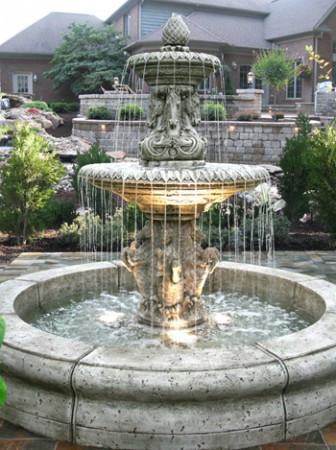The Peacock Fountain in New Zealand
If you are visiting New Zealand there is a good chance that you plan on spending a day at Christchurch Botanic Gardens. If it's not on your sightseeing list it really should be. The garden boasts herbs, ferns, and more than 250 varieties of roses. Of course, the main attraction is the Peacock Fountain. Its elaborate color scheme makes it one of the most photographed tourist attractions in this island country.
History
John Thomas Peacock, a politician, philanthropist, and trader arrived with his parents to Lyttelton in 1844. By the time the First Four Ships had arrived in 1950, he was already an established merchant and had built a fairly significant wharf in Lyttelton Harbour. He became the owner of several ships, and was so successful with his trading business that he retired in 1863 at the age of 37.
He bequeathed a large sum of money to Christchurch Beautifying Association to improve the Avon River and beautify the gardens and reserves. It was decided to erect a fountain in his honor.
Appearance
Since the first day the Peacock Fountain was unveiled it has always been controversial. It is a prime example of Edwardian ornamental cast ironwork and it boasts an array of vibrant colors. You can see it the moment you enter the gardens and you are instantly drawn to it. This is one of those fountains where the more you stare it the more detail you notice.
The Peacock Fountain is often described as being quirky, but in a good way. Statues of dolphins stand at the base of this tiered fountain. The second of the three tiers has peacocks. There are also flowers and cattails throughout. Water flows in a variety of places creating a really intriguing display. The colors seem to be the most vibrant right before the sun goes down. This is when you will see swarms of tourists snapping photos. There are also usually ducks swimming in the pool of the fountain throughout the day.
Restoration
The current home of the Peacock Fountain is actually its third location. In 1949, it was dismantled and put in storage because of recurring maintenance problems. In the 1980s, it was moved to Ferrymead Historic Park. Somehow, countless parts went missing. In fact, 158 of the 309 cast iron pieces needed to be re-cast. It was given a new color scheme and moved to its current location in 1996. Due to complaints about the colors, it was once again restored and reopened in 1997.
